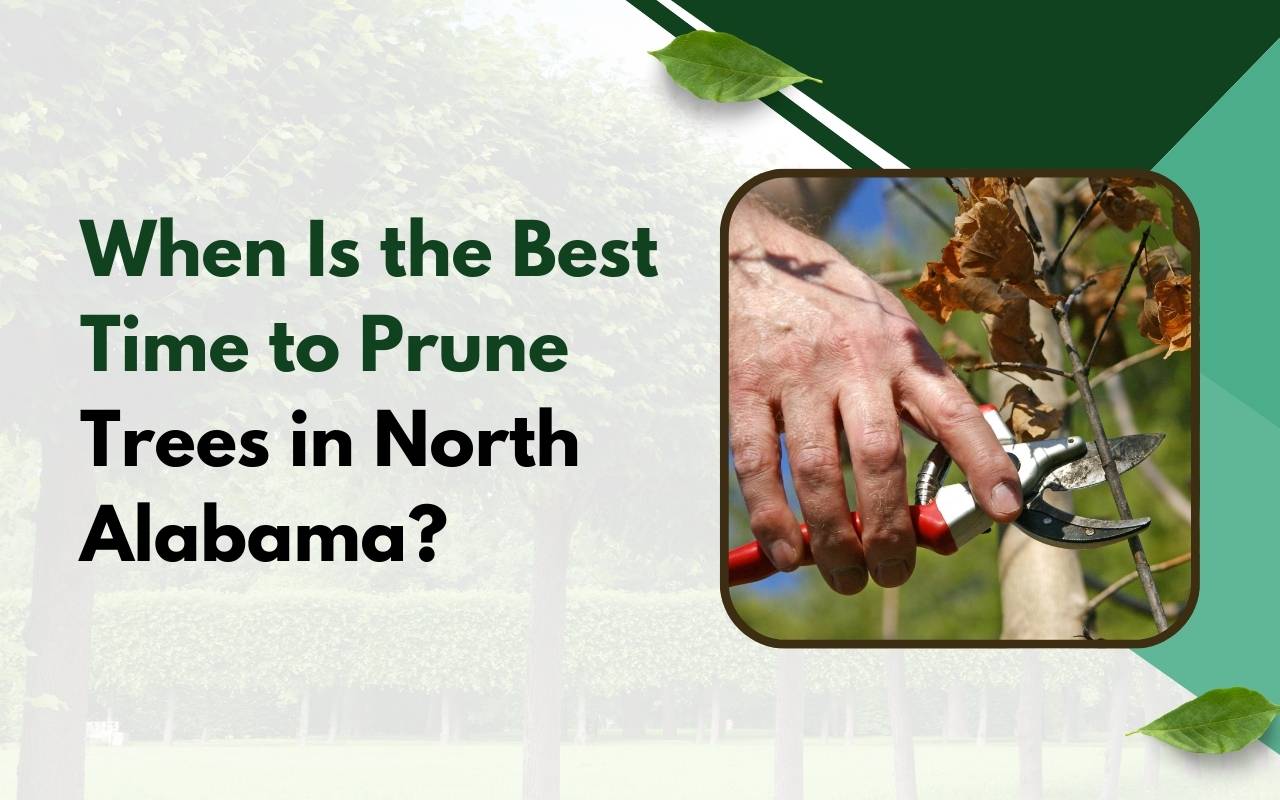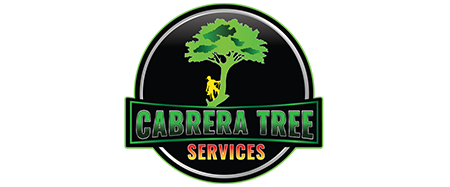
Seasonal pruning in North Alabama requires more than shears and effort. Indeed, it demands timing, precision, and awareness of climate conditions. Moreover, each tree has unique growth rhythms, so understanding them is key. The best time to prune trees North Alabama homeowners often ask about depends on aligning care with natural cycles. Consequently, when done right, pruning promotes growth, health, and resilience. However, if done wrong, it risks disease, pests, and long-term decline. Therefore, with unpredictable weather patterns, proper timing ensures your trees provide shade and beauty for years.
The Importance of Timing in Tree Pruning
Timing is the most critical factor in tree care. Pruning at the right moment enhances structure, reduces disease risks, and promotes steady growth. In North Alabama’s variable climate, the best time to prune trees North Alabama landscapes thrive with requires balancing stimulation and stress reduction. Moreover, cutting too early or too late weakens branches and hinders blooming. Therefore, seasonal pruning aligns care with life cycles, ensuring species-specific needs are met while protecting trees from pests and decay.
Factors to Consider Before Pruning Trees
- Soil moisture and recent weather patterns
- Tree species sensitivity (oaks, maples, dogwoods)
- Overall tree health and presence of disease
- Wildlife habitats and nesting birds
- Correct tool use for branch maturity
Considering these factors ensures your pruning efforts protect both trees and the surrounding environment. Consequently, this careful approach maximizes long-term health and beauty.
Winter Pruning: Pros and Cons
Winter pruning makes branch structure visible and simplifies dead wood removal. Moreover, it reduces sap loss in oaks and maples. However, harsh freezes may damage exposed cuts. Therefore, choose moderate mid-winter days to prune effectively without stressing your trees. In addition, avoid severe cold snaps that risk cracking or frost injury.
Spring Pruning: Encouraging Growth
Spring pruning helps jumpstart healthy growth. For example, early-season cuts remove winter damage while shaping crowns. However, timing matters: prune too late and blossoms are lost, prune too early and bud break delays. For maples, prune just as buds turn pink. For oaks, wait until buds swell to reduce disease entry. Moreover, always disinfect tools to protect against pathogens.
Summer Pruning: Managing Heat Stress
Summer pruning removes water sprouts, suckers, and shaded growth. Therefore, conduct cuts on cooler mornings to reduce stress. Moreover, limit pruning to 25 percent of the live crown. This improves airflow and reduces fungal growth. However, avoid heavy structural cuts in summer to prevent mid-year regrowth stress.
Fall Pruning: Preparing for Dormancy
Fall pruning removes diseased wood and reduces branch weight before winter. Consequently, prune after leaves drop but before freezing. Moreover, focus on crossing branches and crown cleanup. This practice helps conserve tree energy for dormancy and prevents ice-related damage during winter months.
Tools of the Trade
- Bypass pruners for clean small branch cuts
- Curved pruning saw for thick limbs
- Pole pruners for high branches
- Protective gloves, eyewear, and sturdy boots
- Cleaning solutions for disinfecting tools
Sharp, sanitized tools reduce bark tearing and disease spread. Furthermore, safety gear ensures efficient, safe pruning work across North Alabama properties.
Signs Your Trees Need Pruning
- Dead or broken branches
- Crossing limbs that rub
- Suckers at trunk bases
- Yellowing leaves indicating overcrowding
- Visible cavities or fungal growth
Therefore, observe these signs carefully. Schedule pruning when they appear; however, align major structural work with late winter or early fall seasons.
Expert Tips for Pruning Success
Follow the three D’s: remove dead, diseased, and damaged wood first. Moreover, cut just outside the branch collar at an angle. Avoid flush cuts, as they slow healing and invite decay. For large trees, seek expert arborist advice. Consequently, documenting your pruning activities refines your seasonal plan and adapts it to North Alabama’s climate.
FAQs About Pruning in North Alabama
What is the best time to prune trees in North Alabama?
The best time to prune trees North Alabama landscapes benefit from is usually late winter or early spring for most species. Therefore, plan your schedule accordingly.
Can I prune trees during summer?
Yes, light pruning is safe in summer. However, limit cuts to reduce heat stress and avoid removing too much live crown.
How do I know if a branch should be cut?
Look for dead, diseased, damaged, or crossing branches. Consequently, these indicators signal the need for immediate pruning action.
Do all trees follow the same pruning schedule?
No, pruning schedules vary. For example, oaks, maples, and fruit trees each require timing adjustments for best health and growth results.
Should I hire a professional for large trees?
Yes, mature trees often require professional expertise. Therefore, contact specialists for safe, effective pruning of tall or complex specimens.
Enhancing Tree Health Through Thoughtful Practices
Mastering the best time to prune trees North Alabama residents rely on requires knowledge, timing, and consistent observation. Seasonal pruning strengthens branches and improves canopy health. Moreover, aligning your schedule with each season ensures trees thrive for years. Consequently, consider consulting experts for detailed care. Explore tree care services or get practical tips from apple tree pruning and seasonal pruning guides. For personalized help, contact us today and keep your trees healthy and strong.
